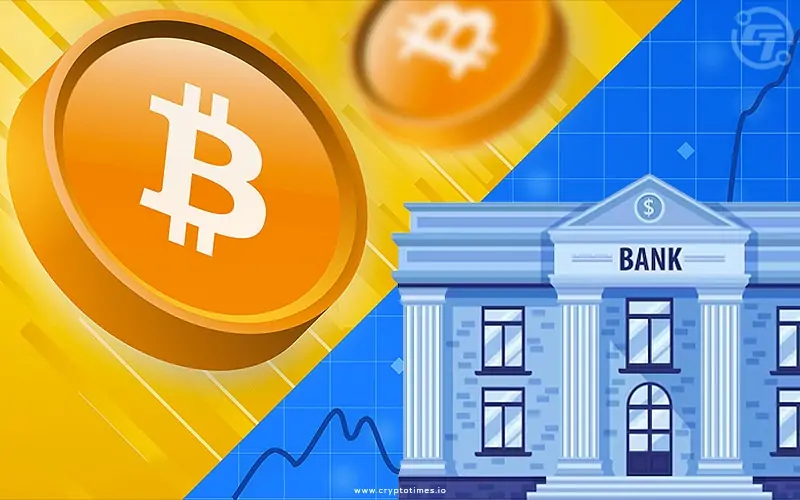In the ever-evolving financial landscape, the debate between cryptocurrency and traditional banking continues to gain traction. Both systems offer unique advantages and challenges, making it crucial to understand their differences before choosing the right one for your financial needs.
1. Control and Accessibility
- Cryptocurrency: Provides users full control over their funds without intermediaries. Transactions are decentralized and can be conducted anytime, anywhere. Users rely on digital wallets and private keys to access their funds, ensuring complete ownership without reliance on banks or third parties.
- Traditional Banking: Operates under centralized institutions like banks and governments, ensuring stability but requiring approval for transactions, especially international ones. Banks can freeze accounts, impose withdrawal limits, or restrict certain transactions due to regulatory compliance.
2. Security and Privacy
- Cryptocurrency: Uses blockchain technology, making transactions highly secure and transparent. Each transaction is recorded on a decentralized ledger, reducing fraud risks. However, lack of regulation and the irreversible nature of transactions can expose users to hacking, phishing scams, and loss of funds if private keys are lost.
- Traditional Banking: Highly regulated, providing fraud protection and insurance. Banks implement security measures such as two-factor authentication (2FA), encryption, and anti-fraud monitoring. However, centralized databases make banks a prime target for cyberattacks, and customer data is often shared with third parties for regulatory compliance and marketing.
3. Transaction Speed and Costs
- Cryptocurrency: Faster international transactions with lower fees compared to bank transfers. Transactions on blockchain networks such as Bitcoin or Ethereum are completed within minutes to hours, depending on network congestion and fees paid.
- Traditional Banking: Transactions, especially cross-border ones, can be slow and costly due to intermediaries and processing fees. International wire transfers can take days to process, with additional charges imposed by correspondent banks.
4. Stability and Trust
- Cryptocurrency: Highly volatile; prices can fluctuate significantly within a short period. While decentralized finance (DeFi) offers innovative financial services, it lacks government backing, making it riskier.
- Traditional Banking: Offers stability with insured deposits and regulatory safeguards. Government institutions like the FDIC (U.S.) and FSCS (U.K.) provide protection for depositors, ensuring trust in traditional banking systems.
Conclusion
Cryptocurrency is ideal for those seeking financial independence, borderless transactions, and potential high returns, while traditional banking remains the go-to for stability, consumer protection, and widespread adoption. The best choice depends on your financial goals and risk tolerance.
Buy Now, Pay Later (BNPL): Is It Worth It?
The rise of “Buy Now, Pay Later” (BNPL) services like Klarna, Afterpay, and Affirm has transformed consumer spending. This financing model allows shoppers to split their purchases into manageable installments, often without interest, but is it truly beneficial? Let’s dive deeper.
1. How BNPL Works
BNPL allows consumers to purchase items and pay for them over time in fixed installments. The process typically involves:
- Selecting BNPL at checkout.
- Making an initial payment (down payment in some cases).
- Paying the remaining balance over several weeks or months, usually in equal installments.
- Interest may apply if payments are missed or extended beyond the promotional period.
2. Pros of BNPL
- Easy Approval: Unlike credit cards, BNPL services require minimal credit checks, making them accessible to a broader audience.
- Interest-Free Options: Many BNPL services offer 0% interest if payments are completed within the designated period, making it an attractive alternative to credit cards.
- Budgeting Help: Spreads payments over time, allowing consumers to manage expenses without needing large upfront payments.
- Increased Purchasing Power: BNPL enables consumers to buy more expensive items they might not afford in a single payment.
3. Cons of BNPL
- Late Fees & Interest Charges: Missing a payment can lead to high fees and accumulated interest, turning a seemingly convenient plan into an expensive liability.
- Impulse Spending: The ease of access to credit can lead consumers to make unnecessary purchases, increasing debt burdens.
- Credit Score Impact: Some BNPL providers report payment history to credit bureaus, meaning missed payments could lower credit scores.
- Debt Accumulation: Using multiple BNPL plans simultaneously can create financial strain, making it difficult to track and repay obligations.
4. Should You Use BNPL?
BNPL can be a great tool if used responsibly. It is most beneficial when:
- You are confident in making on-time payments.
- The purchase is necessary, and BNPL helps distribute costs without accumulating interest.
- The BNPL provider does not charge excessive late fees or interest rates.
However, if you struggle with impulse spending or managing multiple debts, BNPL can be a risky financial choice.
Conclusion
BNPL is a double-edged sword. While it offers short-term financial flexibility, mismanagement can lead to financial distress. Before opting for BNPL, consider your repayment capability and whether you truly need the purchase.
Would you choose cryptocurrency over traditional banking, or do you find BNPL services beneficial? Share your thoughts in the comments!

